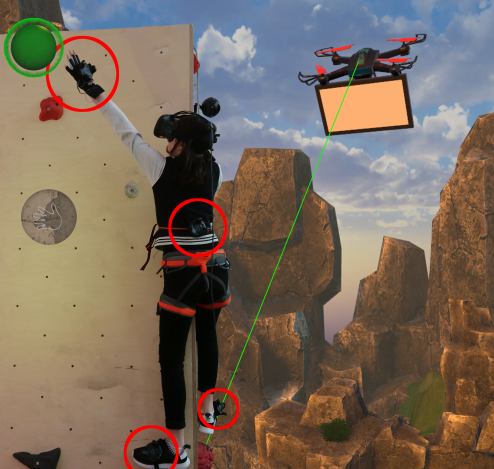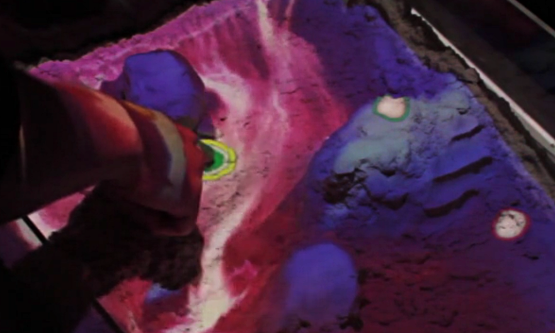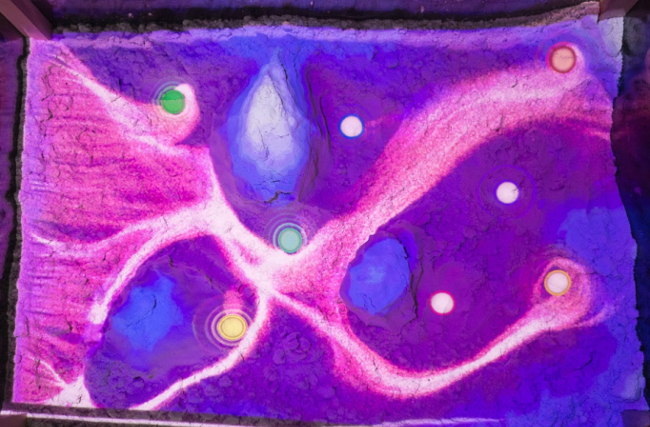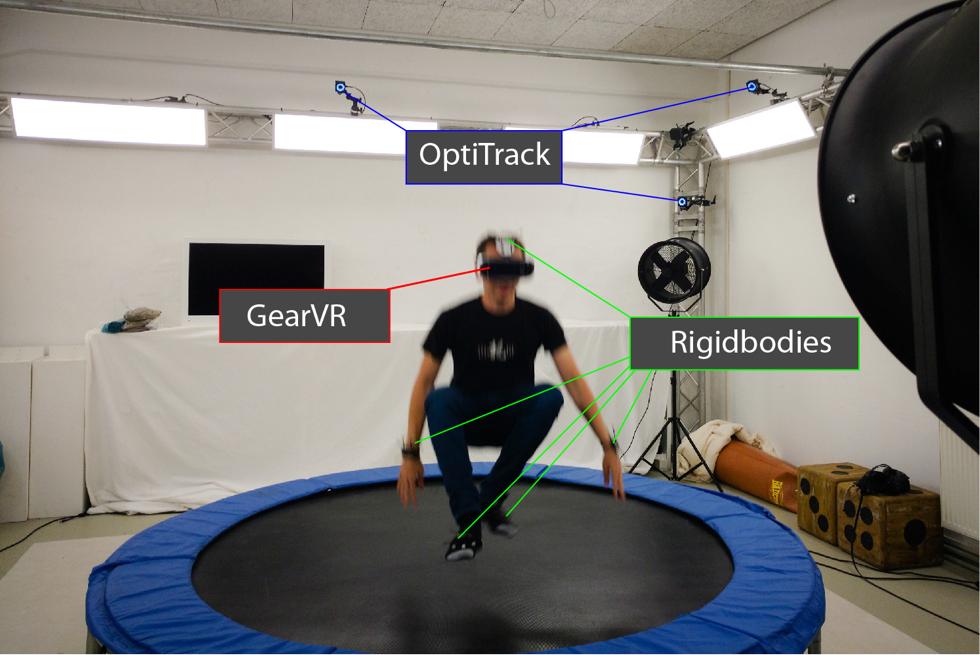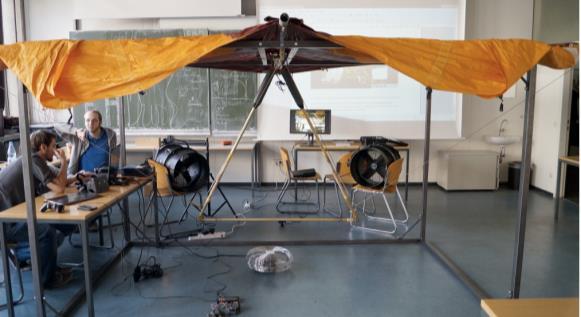The computer games market is booming – for many years now, the gaming industry has been seeing rapid growth. North Rhine-Westphalia, home of the world’s biggest computer games convention, several internationally operating game studios and a strong developer scene, is one of the major locations in the gaming world. The video games sector is a giant growth market with enormous potential. Collaborating with three other universities, the HSD is developing a center for research and innovation in games to lastingly expand the games location NRW.




